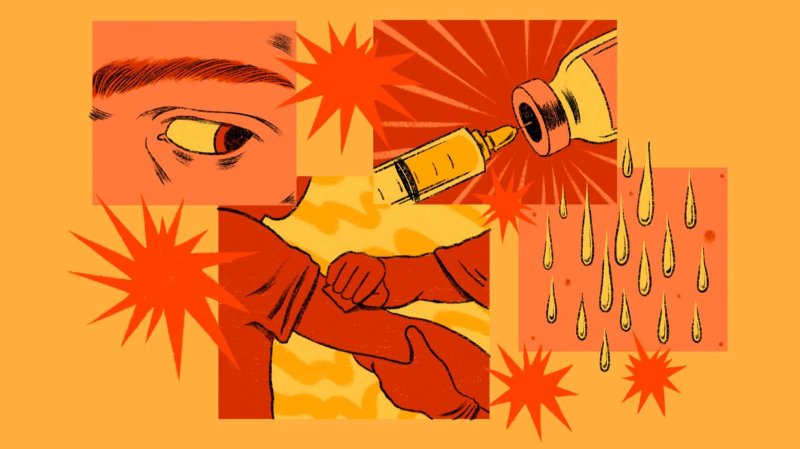Citing “an abundance of caution,” the FDA on [April 13] recommended a “pause” in the administration of Johnson & Johnson’s COVID-19 vaccine. The essence of that decision is that, as usual, federal regulators have put covering their derrieres above public health. Let me explain.
The decision was precipitated by six cases in the U.S. of a “rare and severe type of blood clot” in women between the ages of 18 and 48 who had received the vaccine. Almost seven million shots of the one-dose vaccine have been administered in the U.S., according to the FDA.
Many state and local public health agencies have put administration of the J&J vaccine on hold. At a time when there are supply shortages of COVID-19 vaccines in much of the U.S., and the frequency of new cases remains significant, this recommendation for a pause is puzzling – or it would be, if the FDA didn’t have a long-standing pattern of excessive risk-aversion.

Regulatory decisions are influenced in unobvious ways by various bureaucratic incentives and disincentives. “Gatekeeper” regulators — who must make an affirmative decision about a product, process, or activity before it can be used (or in this case, whether it can continue to be used under emergency authorization) — can make errors of two kinds.
A Type 1 error permits something bad to happen because of flawed decision making — for example, European regulators’ approval of thalidomide in the 1950s and 1960s. This type of error is highly visible and appropriately focuses unfavorable attention from the media, Congress, and the public on regulators and industry.
Far more common at the FDA is the Type 2 error, an unwise decision that delays or prevents market approval (or emergency use) of a beneficial product. The reasons include regulators’ excessive caution regarding the level of risk they think a patient should be willing to accept, their demand for excessive proof of efficacy, and their lack of understanding or inappropriate anxiety about a new product or technology.
These types of errors are usually a media non-event, attracting little attention. Moreover, drug manufacturers hesitate to antagonize the FDA or alarm investors by making too great a fuss over delayed approvals, and most often comply with the FDA’s demands for additional data or jumping through other hoops. The FDA’s bias toward more career-friendly, Type 2 errors systematically causes regulators to be overly risk averse about approval of new products — or, as in this case, allowing an important product to continue to be widely distributed.
A more judicious decision from the FDA and its sibling agency, the CDC, would have been to recommend that administration of the J&J vaccine be limited to men and to women above the age of 60, while more data are accumulated and analyzed. Another possibility would be simply to inform potential vaccinees of the (very low) risk of serious adverse events following administration of the J&J vaccine, and let them decide whether to take the shot.
Society has made an implicit contract with civil servants like those who populate the FDA: They are insulated from political influence and retribution and, in turn, they are supposed to make decisions solely on the basis of scientific evidence and public health. Unfortunately, self-interest too often intrudes on their calculus.
Henry I. Miller, a physician and molecular biologist, is a senior fellow at the Pacific Research Institute. He was a research associate at the NIH and the founding director of the FDA’s Office of Biotechnology. Links to his articles are at henrymillermd.org. Follow him on Twitter at @henryimiller































